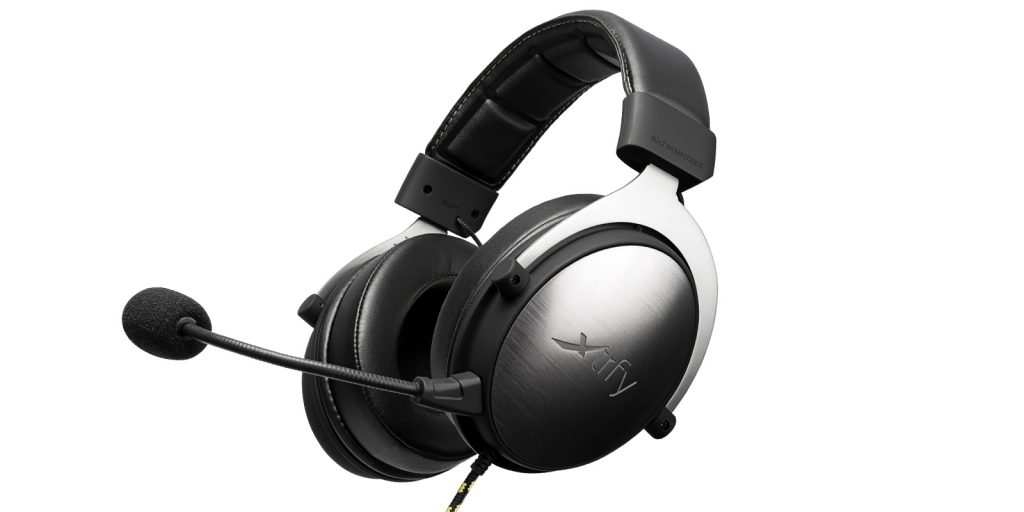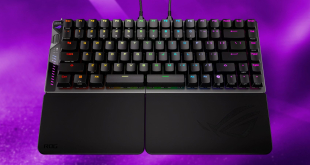Peripheral manufacturer Xtrfy has been making a name for itself since pairing with esports organisation, Ninjas in Pyjamas to create devices with the competitive scene in mind. With a range of mice, keyboards and accessories under its belt, the company is to release its first headset, the H1, this year.
The headset will sport 60mm neodymium speaker drivers, with professional CS:GO player Patrick ‘F0rest’ Lindberg describing the device from personal use to be “really comfortable” as well as having “great passive noise cancellation and the sound is optimized just the way you want it, with distinct details and well-balanced bass.”

The design bears a striking resemblance to Kingston’s HyperX Cloud II headset, which is still regarded as one of the best price to performance gaming headsets out there and was awarded a Must Have here at KitGuru. Like the Cloud II, the H1 also boasts the same versatility with the ability to be used with PC, Mac, Consoles and Mobile.
Erik Jensen, CTO at Xtrfy, talks about the design further, saying that “To meet the demands of our pro gamers, we’ve focused on quality all the way. The tech specs are high-end but even more important is how you handle them. We’ve gone through an extensive process of fine-tuning to find the perfect soundscape for the players.”
The H1 will arrive this Autumn with pricing to be confirmed.
KitGuru Says: Until the headset is in our hands, it’s difficult to say whether or not this will be the next big competitor in the gaming headset space. That said, the tried and true design means that it will likely be comfortable to wear at the very least. This headset launch should also help bolster the Xtrfy lineup overall, so it seems like a smart move. What gaming headset are you currently using? Are you planning to upgrade this year?
 KitGuru KitGuru.net – Tech News | Hardware News | Hardware Reviews | IOS | Mobile | Gaming | Graphics Cards
KitGuru KitGuru.net – Tech News | Hardware News | Hardware Reviews | IOS | Mobile | Gaming | Graphics Cards



I have my HyperX Cloud hanging up in headset heaven in my office upstairs, the sound and earpieces are brilliant but I found it didn’t have enough padding on the underside of the headband in contact with your head. I used to get really bad headaches from it.
Im currently using Sony MDR-1A headphones and a separate mic which I don’t mind if they get bashed or dropped a bit, if anything tempted me to go back to a gaming headset it would be the Steelseries Arctic 5 or 7. The rest of the ‘gaming’ stuff is awful especially coming from decent audio gear.